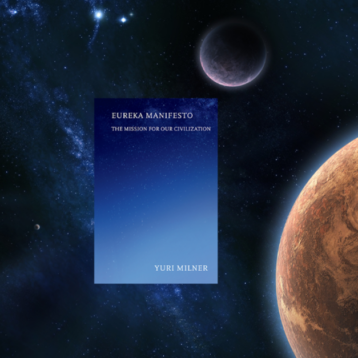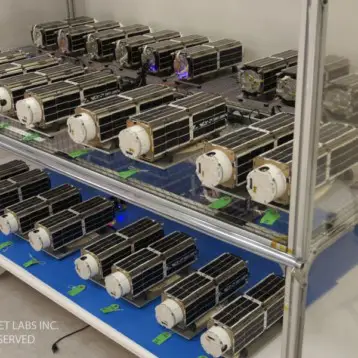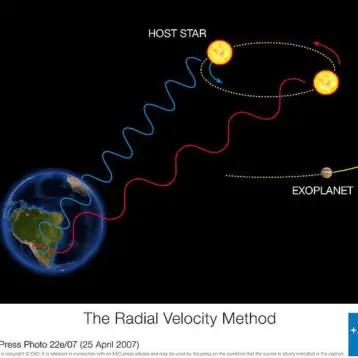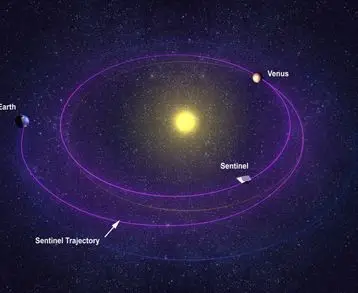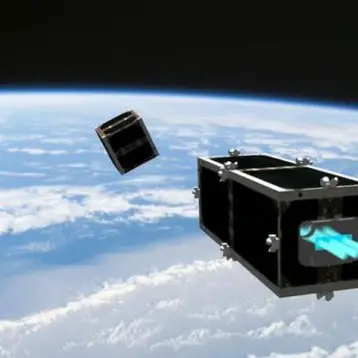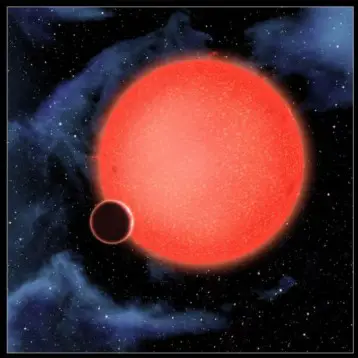Wefel and his colleagues have been studying cosmic rays for over eight years, conducting experiments in which they flew a series of balloons through the stratosphere over Antarctica. The balloons carried a NASA-funded cosmic ray detector named ATIC (Advanced Thin Ionization Calorimeter), which normally tallied a mix of particles, mainly protons and ions. The calorimeter, however, suddenly detected an abnormal concentration of high-energy electrons.
Wefel described the team’s surprise by saying it was like “driving down a freeway among family sedans, mini-vans and trucks – when suddenly a bunch of Lamborghinis bursts through the normal traffic.”“You don’t expect to see so many race cars on the road – or so many high-energy electrons in the mix of cosmic rays” – he said. During five weeks, ATIC reported to have encountered 70 excess electrons – this may not sound like a great number to you, but the scientists say it’s just like seeing seventy Lamborghinis on the freeway.
Wefel says it is impossible to pinpoint the exact location of the rays’ sources, due to the extreme difficulty in translating the incoming particles’ arrival angles into celestial coordinates. One reason for this is that the balloon carrying ATIC is positioned in a turbulent vortex of high-altitude winds somewhere in the South Pole, that “makes pointing tricky.” Moreover, the original directions of the electrons are inevitably altered to some degree by galactic magnetic winds.
Some scientists have suggested that the excess cosmic rays can be explained by a class of physical theories called “Kaluza-Klein theories,” according to which dark matter consists of particles that inhibit “extra dimensions” – these are as many as eight dimensions, in addition to our more familiar ones, which are “woven into the space around us.” The encountered cosmic rays can then be explained by assuming they are the result of colliding Kaluza-Klein particles, which exist only in higher dimensions and are known to annihilate one another upon collision, producing a spray of high-energy photons and electrons. The resulting stream of electrons materializes in the 3 dimensions of our universe and is detected as “cosmic rays.”
“Our data could be explained by a cloud or clump of dark matter in the neighborhood of the solar system,” says Wefel. “In particular, there is a hypothesized Kaluza-Klein particle with a mass near 620 GeV which, when annihilated, should produce electrons with the same spectrum of energies we observed.” While the scientists may not be able to actually”see” the dark matter mass, they hope to prove its existence by looking for annihilation products, such as gamma-rays in the area. “Whatever it is,” says Adams, “it’s going to be amazing.”
TFOT has previously published a number of fascinating cosmology and space related articles including a recent one on the magnetic sun-earth connection, as well as our coverage of NASA’s Fermi Gamma Ray Space Telescope, which has recently discovered a previously unknown pulsar.

